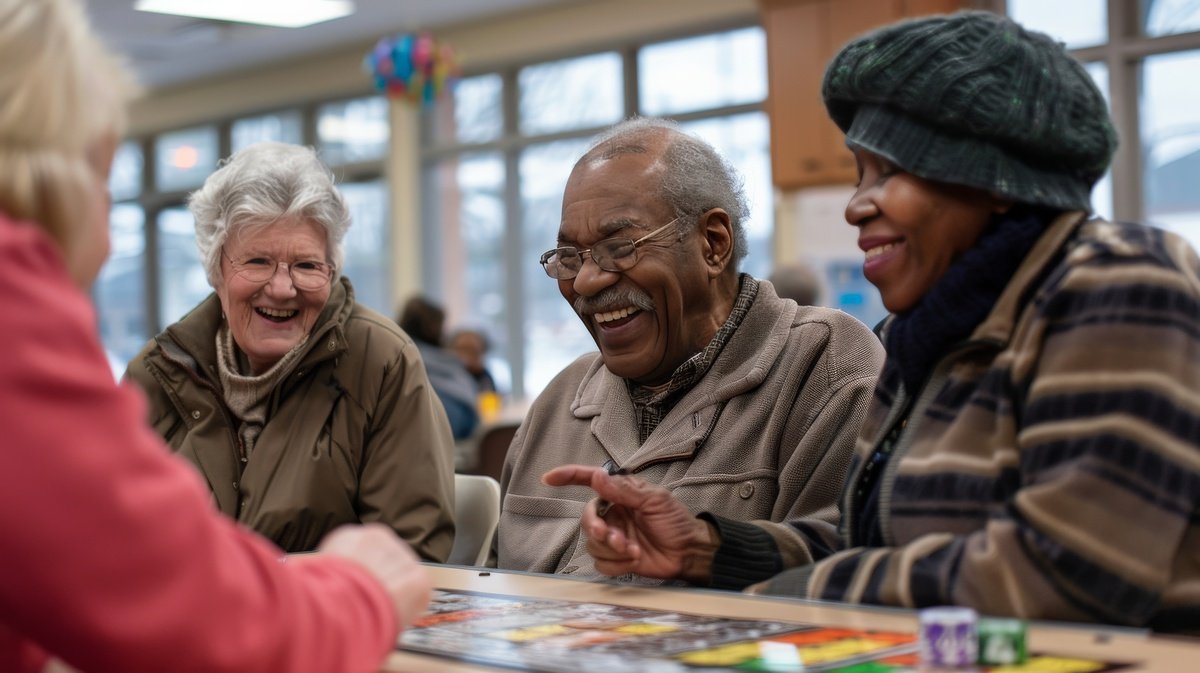When I worked in an assisted living community many years ago I was touring a group of investment bankers through our memory care program. One of the bankers, with the best of intentions, said to me, “What are these people like?” The question really took me by surprise. I realized that sometimes people who don’t have a loved one with dementia may see them as a collection of symptoms and behaviors versus who they are today and who they were before they developed dementia. Whether it’s memory loss or another type of disease a loved one suffers from, it’s important to still see him or her as a whole person, not just a collection of symptoms. That can be easier said than done, right? Here are some tips to help refocus our attention on the individual:
-
Pull out old photos and mementos to help remind you and your loved one about special times and interests. These can also be shared with staff in assisted living to help them see your loved one beyond who they are today.
-
Find ways to bring humor back into your relationship. Laughter relieves stress and also brings us closer together. Is there an old family story you can tell that made everyone laugh? Bring in the comics or look up some silly jokes or videos online. Our family especially loves silly pet videos and reruns of America’s Funniest videos.
-
Share a special meal together. Does your loved one have a favorite food that he or she especially loved that you made, or that they made for you? Try making it together and if that’s not possible, make or purchase the food and enjoy it with your loved one. Meals are great times for reconnecting.
-
Hug, hold hands and compliment your loved one. Physical touch sometimes becomes different or more difficult as your loved one progresses with their disease, but touch is still important for them and for you.
We’re all individuals with histories, preferences and things that make us unique.
Share This Article



